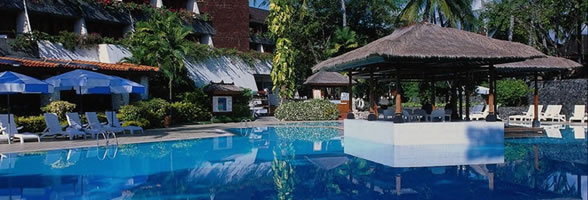
relax,rejuvenate and enjoy your Trip to Kenya
Wildlife photography holiday in Kenya
- COUNTRY:
- Kenya
- LOCATION:
- Masai Mara
- DEPARTURES:
- 2012: 16 Jun, 24 Jun
- PRICE:
- From £2575 (9 days)
- MORE INFO:
- Price includes transfers, meals as indicated and six nights luxury lodge accommodation. Minimum age 12
Wildlife photography holiday in Kenya
Day-by-day itinerary
| Day 1: | Depart Home for Kenya. |
| Day 2: | Arrive Nairobi and transfer to Mara Plains camp, in the Masai Mara and arrive in time for dinner. (D) |
| Days 3-7: | You will spend six nights (five full days) photographing in the Masai Mara. You will be the only guests at Mara Plains - allowing you dedicated and exclusive space to learn your skills. The Mara itself provides abundant big game to photograph amid varying scenery and light. This provides the opportunity for dramatic shots and lots of new territory for exploratory learning. Breakfast, lunch and dinner is provided. (B,L,D) |
| Day 8: | Depart Kenya for Home. (B) |
| Day 9: | Arrive Home. |
Wildlife specialist
This tour operator is Britain’s leading wildlife holiday specialist, offering classic tailor-made and small group holidays worldwide from tiger-viewing and bear-watching to wildlife cruising and African safaris. Established 18 years ago, we use only the best guides, stay in hand-picked lodges and properties and offer ultimate flexibility.How this holiday makes a difference
Community
The Olare Orok Conservancy is unique in so far as each of the four small camps in the conservancy (of which Mara Plains is one) pay a levy to the local Masai community for the use of their land. This levy is paid annually regardless of whether any guests visit the camps and the conservancy. In addition the camps pay a 'bed-night fee' per person. The clear advantage of this is that it is in the interest of the local community to keep the land pristine for wildlife, and it encourages them to value the wildlife as a sustainable resource in its own right.
Environment
Mara Plains camp is situated in the Olare Orok Conservancy bordering the Masai Mara National Reserve. This low impact camp is built on stilts and operates its electricity from solar energy. All of the staff in camp are local to the area and as such the camp has one of the lowest carbon footprints of any camp in the Mara ecosystem.
Night-time game-viewing from Mara Plains camp is conducted in the 'traditional' method making use of powerful spotlights, except from here they only use spotlights shining a red light (rather than a white light) since research has shown that at the red end of the light spectrum there is almost no disturbance to the wildlife. All the vehicles that we use for safaris are adapted to run off vegetable oil and only use diesel to start the engines. Even the vegetable oil is locally sourced from shops and villages outside the conservancy, so there is a further 'recycling' effort of a product to ensure that as little as possible is going to waste.






